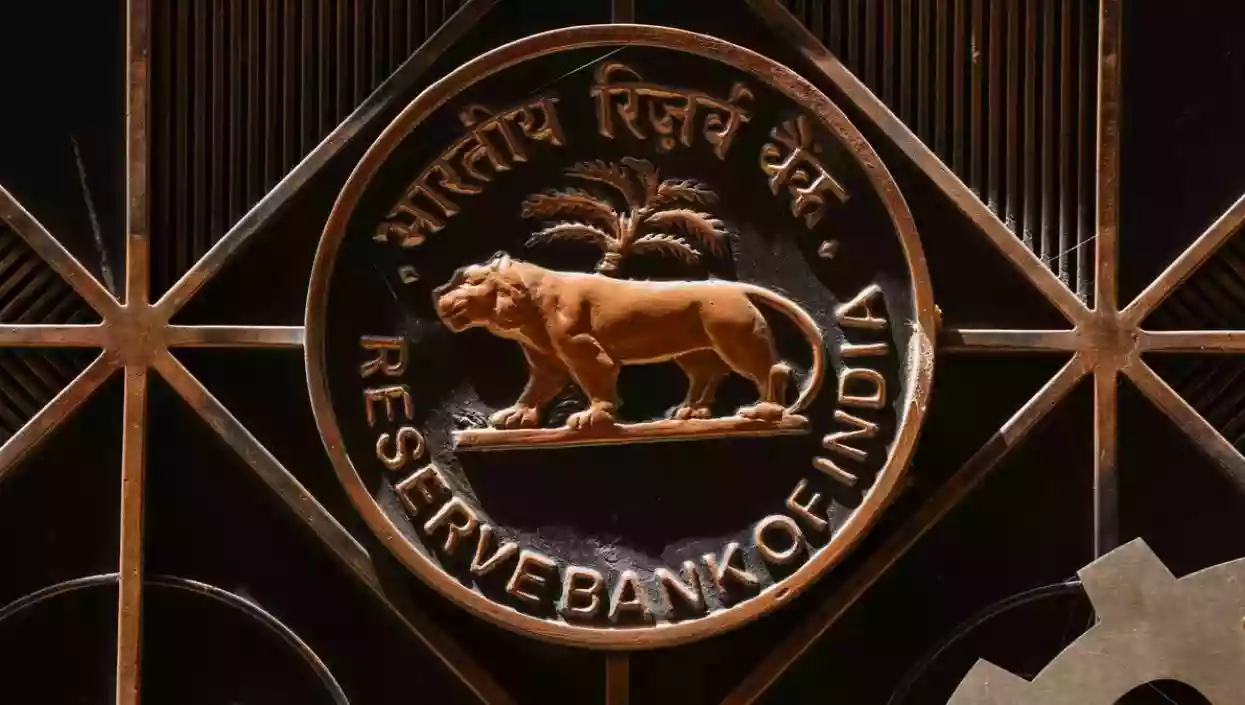3 killed as bridge collapses in Gujarat, disrupting Anand-Vadodara route
.gif)
.gif)

The Reserve Bank of India (RBI) has announced a revision in ATM interchange fees, which will take effect from May 1, 2025. The increase applies to both financial and non-financial transactions, impacting banks as well as customers who exceed their free monthly transaction limits.
As per the new regulations, the interchange fee for financial transactions has been raised by ₹2, increasing from ₹17 to ₹19. Similarly, non-financial transactions, such as balance inquiries and mini statements, will now cost ₹7 instead of ₹6. The hike comes after the last revision in June 2021, when the RBI had previously adjusted ATM fees.
An interchange fee is the amount one bank pays to another when a customer uses an ATM that does not belong to their home bank. This fee helps the ATM-owning bank recover costs for providing the service. Banks may pass on the additional charges to customers who exceed their free transaction limits, potentially making ATM usage more expensive.
Currently, customers are allowed a limited number of free ATM transactions per month. In metro cities, they can avail of up to five free transactions at ATMs of other banks, while in non-metro areas, the limit is three. Once these limits are exceeded, banks charge customers additional fees for each transaction. With the new interchange fee hike, the cost of these additional transactions may also rise.
The RBI’s decision comes as banks face increased operational costs for ATM maintenance and cash management. While the central bank has not explicitly mandated a customer fee increase, banks may choose to adjust their pricing accordingly. This move is expected to impact frequent ATM users who rely on cash withdrawals for daily expenses.
With higher ATM charges, financial experts suggest customers adopt strategies to minimize additional costs. Using home bank ATMs, monitoring monthly transactions, and switching to digital payment methods can help users reduce their reliance on cash withdrawals and avoid extra fees.